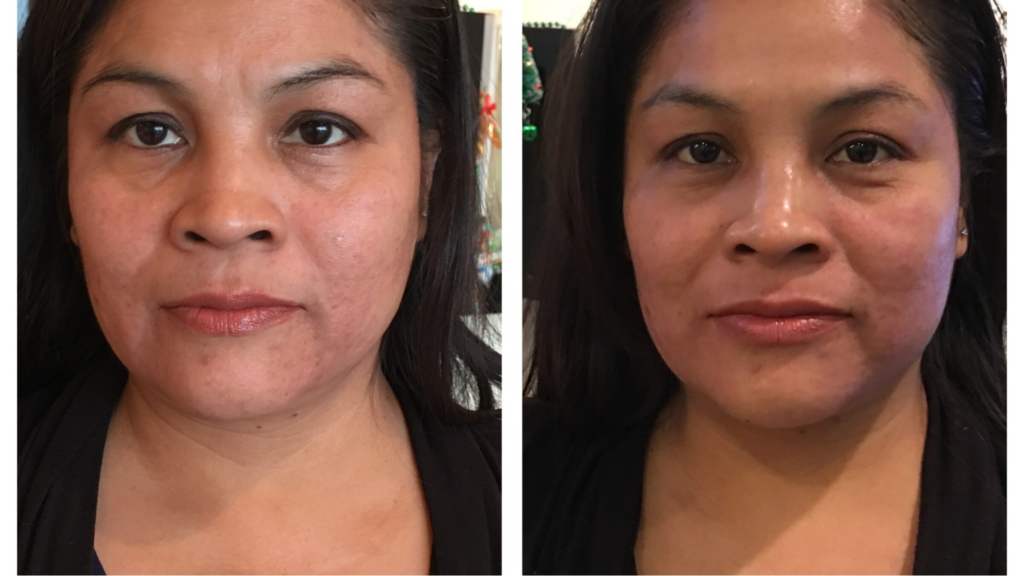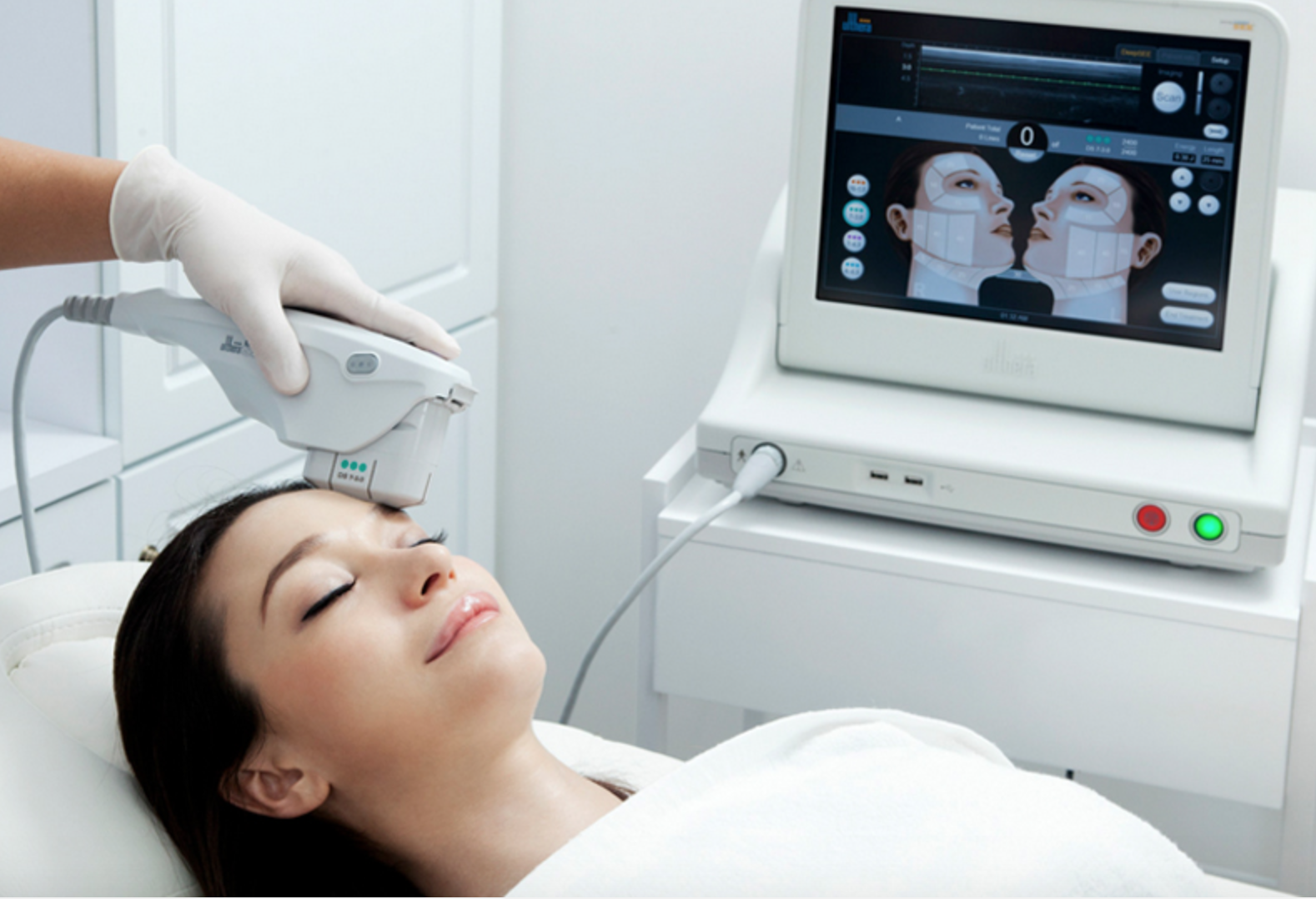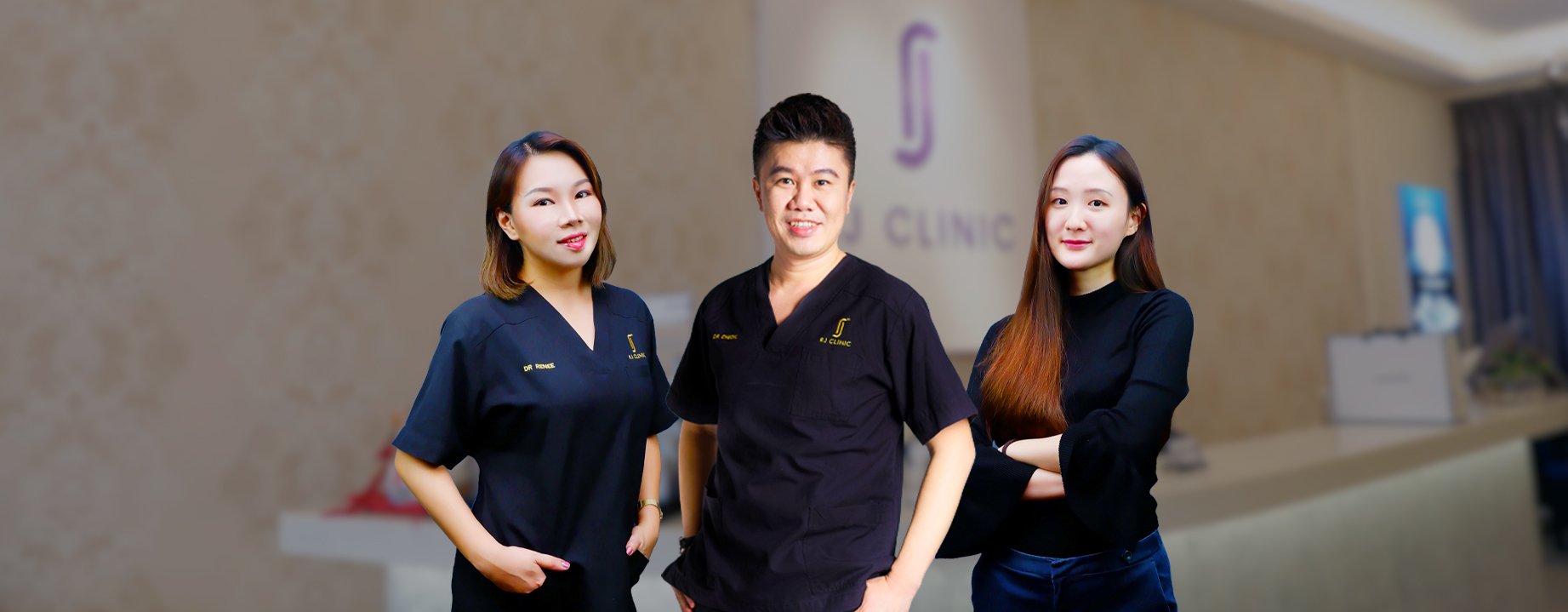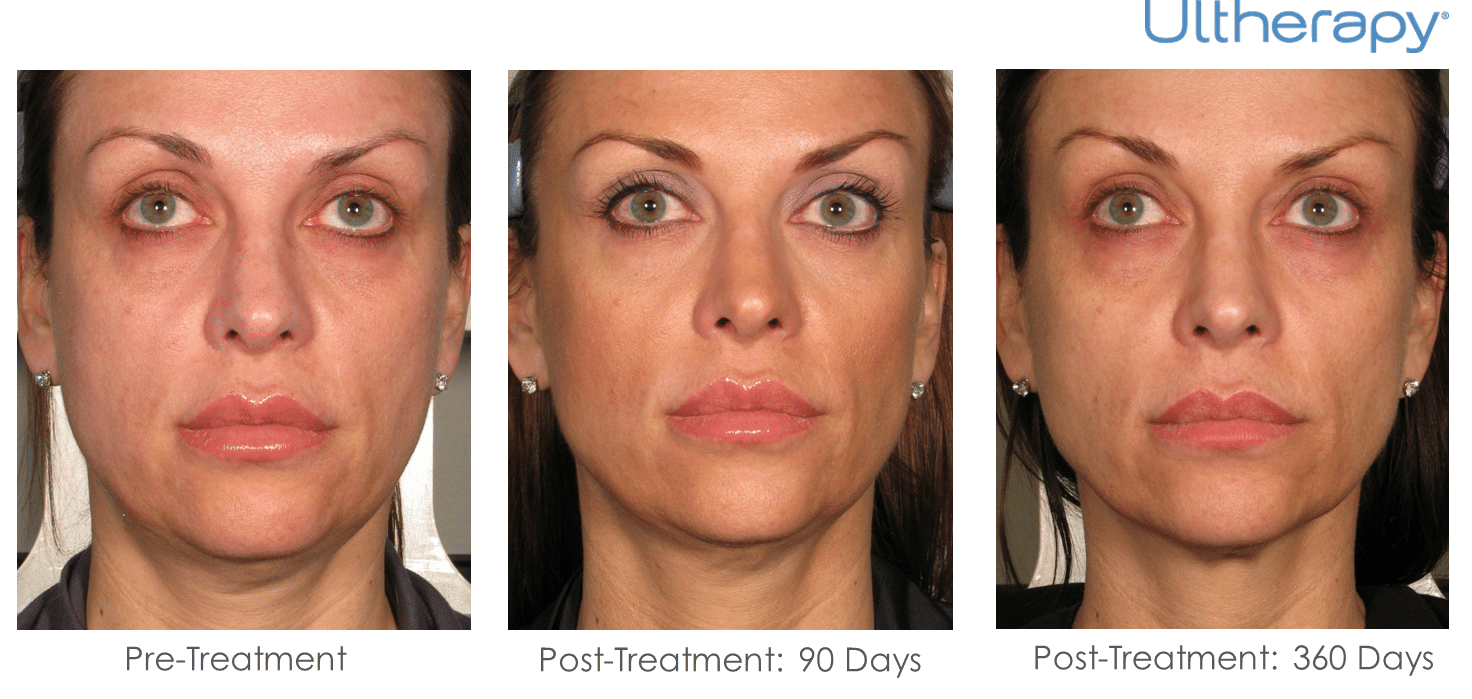Skin tightening treatment KL: Answers to Common Questions
The Incorporations of Ultherapy: What You Need to Know About This Non Surgical Lift Solution
Ultherapy stands out as a popular non-surgical lift option, leveraging ultrasound technology to boost skin suppleness. This treatment not only targets numerous locations yet also deals with a broad age range. Clients commonly seek it for its minimal downtime and instant benefits. Recognizing the details of Ultherapy-- from treatment areas to candidacy-- is necessary for anyone contemplating this rejuvenation technique. What are the vital factors to examine before proceeding?
What Is Ultherapy and How Does It Function?
Ultherapy is a non-invasive cosmetic treatment that uses ultrasound technology to boost collagen production in the skin. Accepted by the FDA, it targets the deeper layers of the skin, specifically the fundamental layer typically dealt with in cosmetic surgical procedure. During the treatment, a handheld gadget provides focused ultrasound energy to promote the skin, prompting an all-natural healing action. This process encourages the manufacturing of new collagen, which aids to tighten and lift the skin in time.
The procedure is generally well-tolerated, calling for no lacerations or downtime, making it an attractive alternative for those seeking facial renewal without surgical procedure. The therapy can be customized to match individual demands, permitting professionals to resolve certain areas of issue. Results slowly appear over a few months as collagen constructs, providing a refined yet noticeable renovation in skin texture and firmness. In general, Ultherapy stands for a contemporary method to skin tightening and restoration.
Key Conveniences of Choosing Ultherapy
Various individuals seeking non-surgical skin rejuvenation find Ultherapy to be an appealing choice due to its variety of advantages. Among the key benefits of Ultherapy is its capacity to promote collagen production, bring about tighter and stronger skin in time. This therapy utilizes ultrasound innovation, which enables exact targeting of much deeper skin layers without damaging the surface area.
Additionally, Ultherapy is a non-invasive treatment, meaning there is no requirement for surgical cuts or prolonged recovery durations. Patients can frequently resume their everyday activities immediately after treatment. The outcomes of Ultherapy can be gradual, providing a natural-looking lift that enhances the client's appearance without a sudden modification.
In addition, Ultherapy is suitable for different skin types and can be customized to satisfy private needs. With its tried and tested efficacy and safety and security, several people take into consideration Ultherapy an engaging option for achieving younger skin without the demand for surgical treatment.
The Ultherapy Treatment Process
The Ultherapy treatment process includes a series of well-defined steps developed to ensure optimal results. At first, an assessment enables the practitioner to evaluate the individual's requirements and figure out the ideal treatment strategy. During the procedure, the skin is washed, and an ultrasound gel is put on assist in smooth application of the device.
The Ultherapy device makes use of focused ultrasound power to promote collagen production deep within the skin. As the ultrasound power is delivered, the individual may experience a feeling of heat or slight pain, which is typically well-tolerated. The period of the treatment differs depending upon the area being dealt with yet normally lasts between 30 to 90 minutes.
Post-treatment, individuals can resume their daily tasks with marginal downtime. Results begin to gradually show up over the following weeks, as the body naturally generates new collagen, enhancing skin suppleness and elasticity.
Locations of the Body That Can Be Dealt with

Numerous locations of the body can benefit from Ultherapy therapy, making it a functional choice for those seeking non-invasive skin tightening. Mostly, the face is a prime focus, with Ultherapy effectively lifting and tightening the skin around the eyebrow, cheeks, and jawline. This treatment can also attend to drooping skin on the neck, using an invigorated look.
In enhancement to face locations, Ultherapy is appropriate for the décolletage, where it assists boost skin structure and firmness. The therapy can encompass various other locations, such as the arms and abdominal areas, where loose skin might take place.
Anticipated Results and Healing Time
Expected results from Ultherapy normally consist of a recognizable lifting and firm of the skin, with results coming to be a lot more apparent with time as collagen production increases. Many patients report visible renovations within two to three months post-treatment, with optimal outcomes frequently seen around six months. The non-invasive nature of Ultherapy contributes to its allure, as it typically calls for minimal downtime.
People may experience light swelling, soreness, or inflammation in the dealt with areas, but these negative effects typically resolve swiftly. A lot of people can resume their regular tasks promptly after the procedure.
While the longevity of outcomes differs, impacts can last approximately a year or longer, depending on specific skin conditions and aging procedures. Routine follow-up sessions might aid keep the preferred results, boosting the total effectiveness of the therapy.
Who Is an Excellent Prospect for Ultherapy?
Establishing who is a great prospect for Ultherapy entails taking into consideration numerous factors. The optimal age array normally drops between 30 and 65, while skin kind and any hidden wellness conditions also play important functions in eligibility. Recognizing these standards can assist individuals evaluate whether Ultherapy is an appropriate alternative for them.

Suitable Age Variety
Ultherapy is most reliable for people in their 30s to 60s who are beginning to notice indicators of aging, such as sagging skin or loss of flexibility. This age variety commonly represents a transition phase where the skin's natural collagen manufacturing begins to decline, making it a perfect time to assess non-surgical training choices. Candidates in their 30s may seek Ultherapy as a preventative procedure, while those in their 40s to 60s often want to deal with extra noticable signs of aging. Importantly, Ultherapy is not restricted to a particular demographic; both males and women can benefit. Inevitably, the most effective candidates are those that want subtle lifting and tightening without the demand for invasive treatments.
Skin Type Factors To Consider
Individuals taking into consideration Ultherapy needs to take their skin kind right into account, as it plays a significant function in treatment effectiveness. Typically, those with skin that shows indications of look at this site aging, such as drooping or laxity, are prime prospects. Ultherapy is particularly valuable for people with fair to medium skin tones, as the ultrasound power targets much deeper layers without harming the surface. On the other hand, people with darker skin kinds may encounter a higher danger of coloring adjustments. Additionally, skin structure and flexibility are crucial factors; those with even more resilient skin might see far better results. Eventually, an appointment with a certified service provider can help identify viability based on particular skin features, guaranteeing a tailored method for finest outcomes.
Health Issues Affecting Eligibility
Eligibility for Ultherapy find out here can be influenced by different health and wellness conditions that may influence the skin and general well-being. Prospects with certain skin disorders, such as active acne, dermatitis, or psoriasis, may not appropriate, as these problems can hinder the therapy's effectiveness and security. Additionally, people with a background of recent facial surgical procedures or those who have actually received injectable fillers in the targeted areas may require to wait prior to undergoing Ultherapy. Individuals with particular medical conditions, like autoimmune illness or serious persistent ailments, ought to additionally consult with their doctor to establish their suitability. Eventually, a thorough pre-treatment evaluation is necessary to guarantee the most effective end results and to recognize any type of potential risks related to the procedure.
Cost and Factors To Consider for Ultherapy Treatment
Comprehending the cost of Ultherapy therapy is essential for possible candidates. Rates can differ based on factors such as area and the degree of treatment called for. Additionally, financing alternatives may be readily available to aid take care of the expenditure.
Treatment Rates Introduction
Expense is a considerable element when considering Ultherapy therapy, as pricing can vary widely relying on several components. Aspects affecting the expense consist of the treatment area, the company's experience, and geographical place. Typically, sessions can vary from $1,000 to $4,500, with bigger locations or more substantial therapies commanding higher fees. Furthermore, the number of sessions required for ideal results can influence total expenditures (Density RF Malaysia). It is necessary for potential clients to speak with accredited professionals to get personalized quotes based upon their distinct demands. Openness in rates is important, as surprise costs or attachments may affect the total expense. Recognizing these variables can aid individuals make informed choices regarding their Ultherapy therapy alternatives
Funding Options Available
While thinking about Ultherapy therapy, lots of potential individuals explore funding choices to manage their expenses effectively. Various facilities supply layaway plan that allow individuals to spread the price over numerous months, making the treatment a lot more accessible. Some centers partner with third-party funding business, offering alternatives such as low-interest finances or even interest-free durations. Additionally, flexible more helpful hints investing accounts (FSAs) or health interest-bearing accounts (HSAs) may be made use of to cover prices, depending upon specific circumstances. Clients are urged to make inquiries concerning possible price cuts for upfront payments or promotional deals that may be available. Understanding these funding options can help prospective clients make informed decisions concerning their Ultherapy therapy while easing the financial concern associated with this procedure.
Frequently Asked Questions
How Long Do the Outcomes of Ultherapy Commonly Last?
The period of Ultherapy results differs, normally lasting between six months to two years (Non surgical facelift Malaysia). Aspects influencing long life include individual skin type, aging procedure, and maintenance therapies, which can enhance and extend the effects of the treatment

Can Ultherapy Be Integrated With Various Other Treatments?
Ultherapy can without a doubt be combined with various other treatments, such as fillers and neurotoxins. This mix method often improves general outcomes, offering an extra complete restoration effect while addressing numerous skin issues simultaneously.
Is Ultherapy Safe for All Skin Kinds?
Ultherapy is typically considered risk-free for numerous skin kinds, yet specific results may vary. Consulting a certified specialist is essential to establish suitability, as skin problem and sensitivity can affect therapy results and safety and security.
What Are the Prospective Side Effects of Ultherapy?
The possible negative effects of Ultherapy might consist of short-lived redness, swelling, inflammation, or pain in treated locations. Some individuals might likewise experience minor bruising or a tingling feeling, although these effects normally solve swiftly.

The Number Of Ultherapy Sessions Are Typically Needed for Optimum Outcomes?
Typically, individuals call for one to three Ultherapy sessions for optimal results. The specific number might vary based upon skin problem and wanted results, with several experiencing recognizable enhancements after a solitary therapy. Normal analyses might assist further sessions.